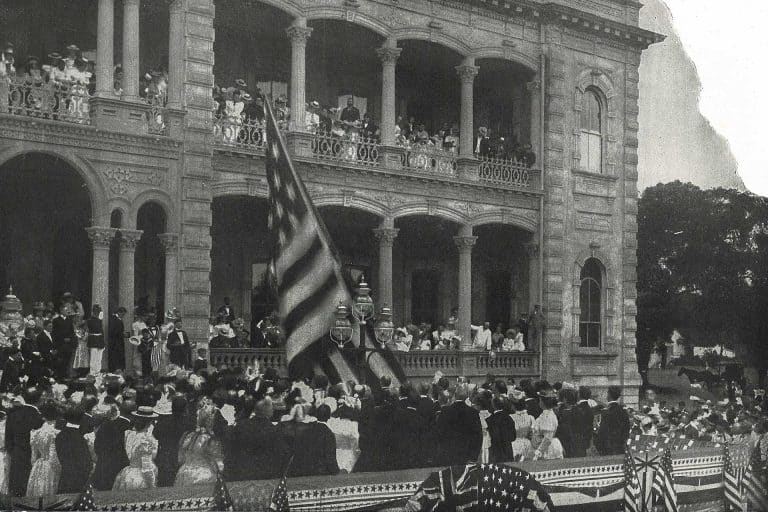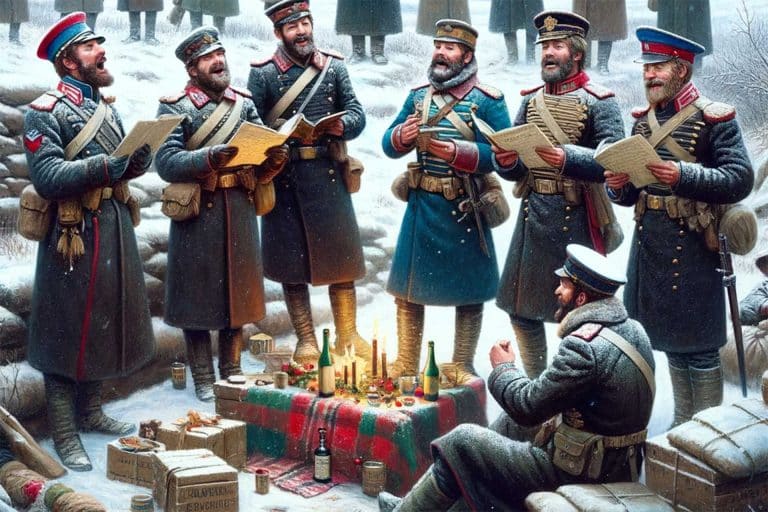Why Lawrence of Arabia Still Captivates Historians
The Enduring Allure of Lawrence of Arabia
T.E. Lawrence—forever etched into public memory as “Lawrence of Arabia”—was a British officer, archaeologist, and writer whose exploits during the Arab Revolt (1916–1918) transformed him into a global icon. Fluent in Arabic and deeply immersed in Middle Eastern culture, Lawrence became known not only for his daring guerrilla campaigns against the Ottoman Empire but also for his complex inner world, recorded in his seminal memoir, Seven Pillars of Wisdom. A soldier-scholar and reluctant celebrity, Lawrence remains one of the most enigmatic figures of the 20th century.
Yet more than a century after his rise to fame, historians continue to ask: What is it about Lawrence that refuses to fade? His enduring fascination lies in the intersection of military brilliance, cross-cultural understanding, political betrayal, literary introspection, and a tragic, premature death. Each facet of his life offers new questions—and no definitive answers—ensuring that Lawrence remains a subject of continual scholarly exploration.
The Myth and the Reality
The legend of “Lawrence of Arabia” was born not only on the battlefields of the Middle East but in the pages of wartime journalism and postwar spectacle. Reporters like Lowell Thomas helped craft an image of T.E. Lawrence as a robed Englishman commanding desert tribes with effortless charisma and leading dazzling cavalry charges. His portrayal in Seven Pillars of Wisdom and later the epic 1962 film further immortalized this version of Lawrence as a romanticized warrior-poet—a symbol of Western daring in an exotic land.
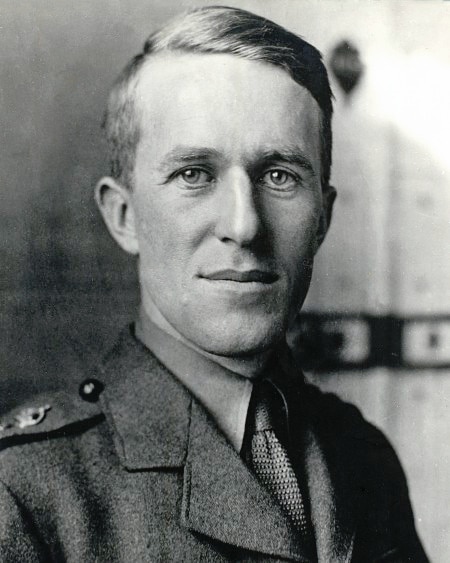
Yet the reality of Lawrence’s contributions was more complex. While he played a key role in coordinating British support for the Arab Revolt and led several crucial attacks, such as the capture of Aqaba in 1917, he was never the sole architect of victory. Arab leaders, such as Emir Faisal and tribal fighters, were indispensable, often leading their strategies and operations, with Lawrence acting as a liaison rather than a commander. The true nature of his influence was both collaborative and contingent.
Historians have long sought to reconcile the disparity between myth and reality. Scholarly biographies, such as those by Jeremy Wilson and Michael Korda, have combed through personal letters, military dispatches, and eyewitness accounts to unearth the truth behind Lawrence’s public image. These efforts often reveal a figure deeply conflicted about his role, describing himself as “a fraud” in letters and lamenting the moral compromises of empire.
Lawrence himself contributed to the confusion. In Seven Pillars of Wisdom, he deliberately blurred lines between fact and storytelling. He wrote, “All men dream, but not equally,” suggesting his narrative was aspirational as much as historical. This literary self-awareness has challenged historians to assess his accounts not only as records but also as constructed reflections of his inner turmoil and self-doubt.
The myth endures, in part, because it’s compelling. A young Englishman riding with Bedouin warriors, defying imperial conventions, and advocating for Arab independence presents a narrative that is both cinematic and morally resonant. But it also obscures the messy realities of war, colonialism, and personal disillusionment. For historians, Lawrence remains captivating not because he lived up to the myth, but because he wrestled with it—publicly and painfully.
In unraveling the threads of Lawrence’s legend, scholars continue to explore the tension between heroism and hubris, agency and propaganda. It is in this interplay between myth and reality that the true significance of T.E. Lawrence resides—an icon whose story reveals as much about the era that shaped him as it does about the man himself.
Architect of the Arab Revolt
T.E. Lawrence’s most celebrated role came during the Arab Revolt of 1916–1918, when he served as a British liaison officer aiding Arab forces in their rebellion against Ottoman rule. Fluent in Arabic and deeply familiar with Middle Eastern culture and geography, Lawrence embedded himself with the rebels, most notably working alongside Emir Faisal, son of Sharif Hussein of Mecca. His mission was as much diplomatic as it was military—bridging British war aims with Arab aspirations for independence.
Lawrence and Faisal forged a pragmatic and, at times, genuine alliance. Together, they refined a strategy of guerrilla warfare rather than conventional confrontation. Lawrence advised on tactics that disrupted Ottoman supply lines and communications- favoring speed, surprise, and mobility over direct engagements. He wrote of the strategy: “Irregular war is far more intellectual than a bayonet charge.” Their most effective operations targeted vulnerable infrastructure, notably the Hejaz railway, which the Ottomans relied upon to move troops and supplies across the Arabian Peninsula.
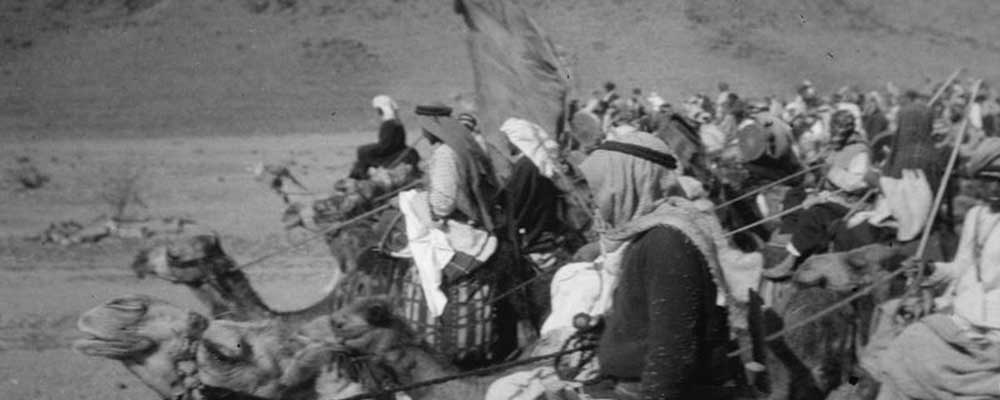
One of Lawrence’s most iconic achievements was the capture of Aqaba in July 1917. After a grueling desert march around enemy lines, Arab forces, guided by Lawrence, took the Ottoman-held port from the landward side—where defenses were weakest. The victory gave the Allies a crucial supply route and cemented Lawrence’s legend. Later, he participated in the fall of Damascus, although broader Allied maneuvers and internal political divisions increasingly overshadowed his influence by then.
Despite the romanticized narrative of Lawrence as the master strategist, many historians emphasize that Arab commanders like Faisal, Auda abu Tayi, and others were vital to the revolt’s success. Their intimate knowledge of tribal dynamics and terrain shaped the campaign far more than any British input. Scholars continue to debate whether Lawrence was truly indispensable or merely a brilliant observer and communicator who amplified Arab efforts to British ears.
Nevertheless, his role as a symbolic unifier—someone who earned the trust of Arab leaders while navigating British imperial interests—has long intrigued historians. He was neither fully insider nor outsider, acting in the gray space between empires and independence movements. That liminality remains central to his enduring mystique.
Ultimately, Lawrence’s contribution to the Arab Revolt lies not just in tactics or victories but in his embodiment of the complexities of alliance, loyalty, and betrayal in wartime diplomacy. His experience highlighted the contradictions of empire—and those contradictions continue to draw historians into his story.
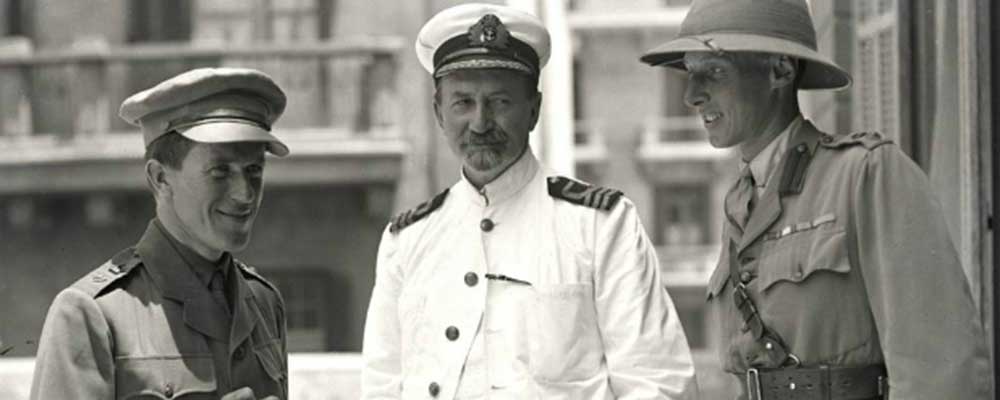
Scholar, Linguist, and Cultural Bridge
Before he became a military icon, Lawrence of Arabia was first a scholar. He studied history at Oxford and completed a thesis on Crusader castles, which required extensive travel through the Middle East. His archaeological work with D.G. Hogarth and Leonard Woolley in Carchemish, Syria, further deepened his understanding of Arab lands and languages. Fluent in both Classical and colloquial Arabic, Lawrence developed a rare grasp of regional nuances—an academic foundation that would later shape his military and diplomatic work.
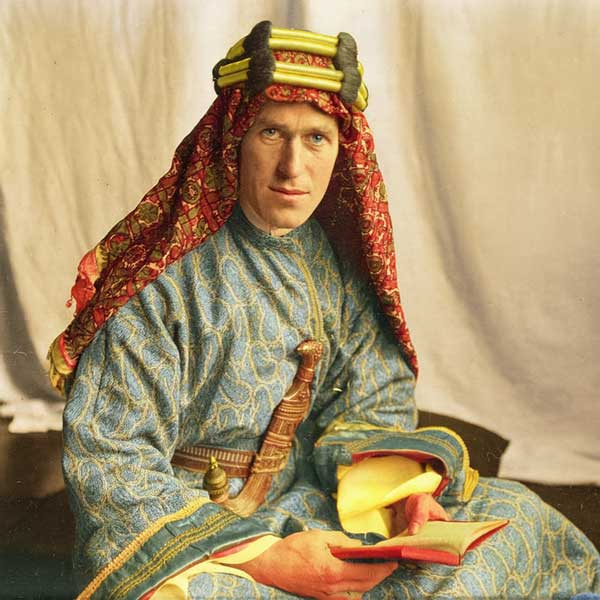
Unlike many imperial agents of his time, Lawrence approached Arab culture not with condescension but with fascination and respect. He adopted local dress, participated in tribal rituals, and earned the trust of Bedouin leaders through sincerity and shared hardship. His writings describe the desert and its people with both lyricism and admiration, revealing a man who saw beyond British imperial stereotypes. As he wrote in Seven Pillars of Wisdom, “The Bedouin could be a noble friend, treacherous enemy, and always a law unto himself.”
This immersion made Lawrence a cultural bridge in a period defined by colonial arrogance. His ability to listen as well as lead allowed him to mediate between British command and Arab forces with credibility on both sides. Where other officers relied on brute authority, Lawrence used empathy and persuasion. That dual identity—as both insider and outsider—remains a rare trait, and it’s one reason why his legacy endures in academic circles.
His cultural fluency also shaped how the Arab Revolt was perceived in Europe. Through reports, letters, and later his writings, Lawrence conveyed the aspirations and grievances of Arab leaders to a Western audience largely ignorant of the region’s complexity. He transformed what might have been a footnote in British imperial history into a narrative of alliance, betrayal, and hope. In doing so, he brought Middle Eastern politics into the Western public’s consciousness in a profoundly human way.
Historians continue to debate the extent to which Lawrence’s portrayal of Arab society was romanticized. Still, there is little question that his lived experience, linguistic skill, and cultural openness were extraordinary for his time. His presence in the region was not merely functional—it was transformational. He became a rare conduit between two vastly different civilizations at a moment of seismic political change.
In an era of sharp colonial divides, T.E. Lawrence’s intellectual and emotional engagement with the Arab world set him apart. He was not simply a scholar in uniform but a man who strove—however imperfectly—to understand and honor the people whose destiny he helped to shape.
Postwar Politics and Betrayal
Following the euphoria of military success, T.E. Lawrence faced a bitter reckoning with the realities of imperial politics. The 1916 Sykes-Picot Agreement—an Anglo-French pact to divide the Middle East into spheres of influence—ran directly counter to the promises of independence made to Arab leaders during the revolt. Lawrence, who had assured his allies of British support for an autonomous Arab state, felt deeply betrayed. His writings later reveal a man grappling with moral compromise. “We are calling them to fight for us on a lie,” he reportedly confessed to a fellow officer.
At the 1919 Paris Peace Conference, Lawrence worked closely with Emir Faisal to secure recognition of Arab sovereignty. Though passionate and articulate, his efforts were ultimately sidelined by the strategic interests of France and Britain. Despite public support from some American delegates, Faisal’s hopes were dashed when Syria was placed under French mandate and Britain claimed control of Palestine and Iraq. Lawrence, disillusioned and exhausted, emerged from the conference disheartened and increasingly skeptical of political diplomacy.
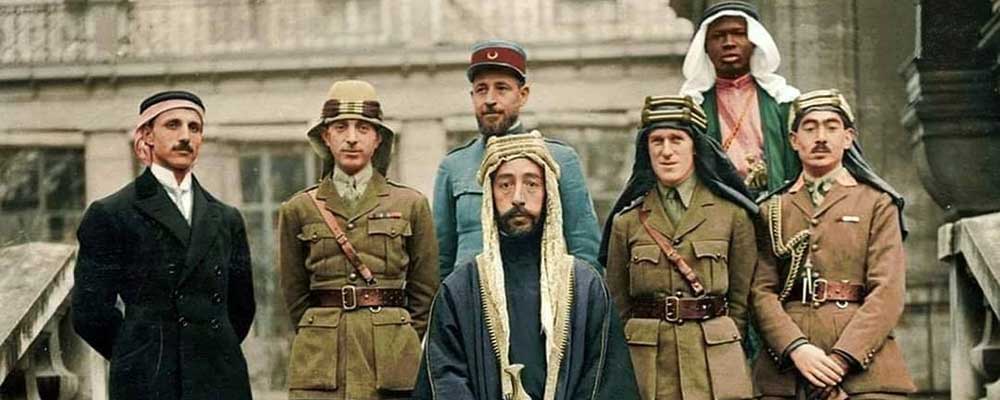
The betrayal of the Arabs weighed heavily on Lawrence’s conscience. He viewed the Arab Revolt not simply as a military campaign but as a movement toward dignity and self-rule. Watching his promises unravel in the face of colonial ambition caused him lasting guilt. His postwar withdrawal from public life—refusing honors and enlisting under aliases in the Royal Air Force—has often been read as a form of penance. He wrote, “I gave them my word, and I was not believed,” capturing the depth of his personal remorse.
Historians have long debated the sincerity and scope of Lawrence of Arabia’s political ideals. Some argue that he was a genuine advocate for Arab nationalism, acting far ahead of his time. Others suggest that his vision was clouded by romanticism or rooted in a uniquely personal sense of betrayal, rather than in broader anti-imperialism. Regardless, his political role remains one of the most contested and fascinating aspects of his legacy.
What is clear is that Lawrence stood at the intersection of competing empires and nascent nationalist movements—caught between loyalty to Britain and fidelity to the Arab allies who had trusted him. His postwar disillusionment has become symbolic of a larger failure: the West’s broken promises to the Middle East. For historians, this dimension adds emotional and ethical complexity to his life, elevating him beyond the role of wartime hero.
The paradox of Lawrence’s legacy—triumph tainted by betrayal, hope eclipsed by politics—continues to resonate. His story offers a case study in the dangers of imperial entanglement and the cost of compromised ideals. It is this layered and often tragic postscript that ensures Lawrence of Arabia remains a compelling and essential subject for historical inquiry.
A Literary and Psychological Enigma
Among the many reasons T.E. Lawrence continues to captivate historians is the complexity he revealed in Seven Pillars of Wisdom, his epic autobiographical account of the Arab Revolt. Far more than a military memoir, the book blends vivid battlefield recollections with philosophical reflection and deep personal anguish. First published privately in 1926, the work is both a primary historical source and a work of literary merit, filled with lyrical prose and raw introspection. Churchill called it “unsurpassable,” and scholars continue to debate where fact ends and myth-making begins within its pages.
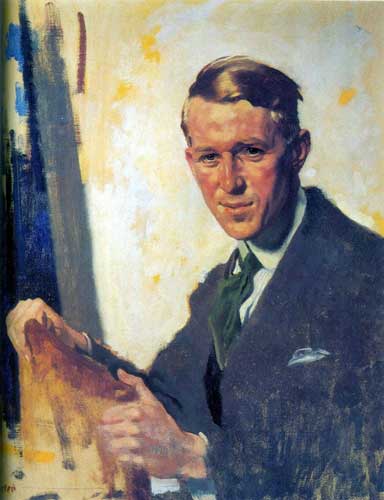
The text also opens a window into Lawrence’s conflicted psyche. Throughout Seven Pillars, he vacillates between pride in his achievements and shame over the betrayals he felt complicit in. He often portrays himself as a reluctant figure—drawn to war yet repelled by its consequences. “All men dream,” he famously wrote, “but not equally.” Such lines have been scrutinized not only for their poetic beauty but also for what they reveal about a man torn between action and reflection, duty and doubt.
Lawrence’s writings beyond Seven Pillars offer further glimpses into his psychological complexity. He was known to seek anonymity, even enlisting under assumed names after the war. Accounts of his behavior suggest a tendency toward self-punishment, perhaps driven by guilt over the postwar treatment of the Arabs or unresolved identity struggles. Biographers have speculated on his sexuality, his relationship to power, and his apparent need to disappear from the public eye. All of this deepens the enigma of the man behind the legend.
Historians are drawn to Lawrence not just as a military figure but as an unusually introspective agent of empire. His contradictions—warrior and pacifist, hero and antihero, public figure and private recluse—make him endlessly interpretable. His life reads like a psychological case study wrapped in adventure and political turmoil. As historian Malcolm Brown noted, Lawrence “was not only a man of action but a man of vision, consumed by contradictions.”
This fusion of the internal and external—of battlefield tactics and emotional turmoil—offers a rare depth in historical biography. Few figures have left such a rich record of their inner life alongside their public deeds. It is precisely this combination that keeps scholars returning to Lawrence, as they try to reconcile the man who led desert raids with the one who questioned the morality of every success. His story, like his writing, is a mosaic of triumph and torment.
In the end, T.E. Lawrence remains one of the 20th century’s most compelling enigmas—a man who wrote his legend even as he tried to dismantle it. For historians, that tension is not a distraction but an invitation: to look closer, dig deeper, and find new meaning in a life that resists simple conclusions.
Untimely Death and Lasting Symbolism
After the war, T.E. Lawrence sought escape from fame and the burden of his legacy. Disillusioned by political betrayal and exhausted by his own inner conflicts, he withdrew from public life. He enlisted in the Royal Air Force and later the Tank Corps under aliases like John Hume Ross and T.E. Shaw. Despite his legendary status, he preferred anonymity, immersing himself in routine military duties far removed from his former glory. His need for obscurity has fascinated historians, highlighting the dissonance between the mythic “Lawrence of Arabia” and the private man who fled it.
Lawrence of Arabia’s life ended abruptly on May 19, 1935, following a motorcycle crash near his cottage in Dorset. At just 46, he swerved to avoid two cyclists and was thrown from his Brough Superior SS100. The accident was tragic, but the symbolism of his death—a solitary hero taken too soon—only deepened his legend. Winston Churchill, a close admirer, reportedly wept upon hearing the news. For a figure already cloaked in myth, the suddenness of his demise sealed him in time.
The circumstances surrounding his death quickly sparked conspiracy theories. Some speculated that British intelligence eliminated him to prevent the publication of sensitive memoirs, while others imagined he faked his death to disappear completely. Though lacking evidence, such theories reflect a broader unwillingness to let go of so compelling a character. When facts fade into mystery, legend often takes root.

Lawrence’s untimely death elevated him to a pantheon of tragic, unfulfilled geniuses. Much like other iconic figures who died young—Byron, Shelley, or even later, James Dean—he became a symbol of potential never fully realized. His combination of brilliance, inner conflict, and early death invites endless reinterpretation. “He was a man who had dreams,” wrote one contemporary, “but no country to house them.”
For historians, his death does not mark the end of inquiry, but the beginning of an enduring fascination. It freezes his story at a moment of tension—between action and regret, fame and retreat. The absence of closure invites ongoing exploration, as new generations of scholars revisit his life in search of answers he never provided. Lawrence remains a riddle sharpened by his exit.
In dying young, Lawrence of Arabia achieved a kind of immortality. He became less a man and more an idea—of courage, contradiction, and complexity. It is this unresolved legacy, as much as his deeds, that keeps T.E. Lawrence alive in historical imagination.
Lawrence of Arabia’s Relevance Across Time
The legacy of T.E. Lawrence continues to echo in military strategy, political discourse, and cultural narratives. His use of guerrilla tactics during the Arab Revolt remains a subject of study in military academies, where his emphasis on mobility, morale, and asymmetrical warfare is often cited. In Seven Pillars of Wisdom, Lawrence famously wrote, “Irregular warfare is far more intellectual than a bayonet charge.” That intellectual dimension of combat has influenced figures as diverse as Mao Zedong and modern special operations planners.
Politically, Lawrence’s story intersects with the persistent complexities of the Middle East. His warnings about ignoring Arab autonomy resonate eerily today, as external interventions and broken promises continue to destabilize the region. The collapse of the Ottoman Empire, shaped in part by actions Lawrence supported, created a postwar order still debated by scholars and diplomats. As conflicts flare and alliances shift, historians revisit his involvement for clues to the roots of modern unrest.
Popular culture, too, keeps Lawrence in the public consciousness. David Lean’s 1962 film Lawrence of Arabia introduced him to a global audience and shaped how generations perceive his life. Yet beyond Hollywood’s dramatic scope, documentaries, novels, and biographies regularly revisit his contradictions—hero or pawn, liberator or imperial agent? This ambiguity makes him an enduring figure of fascination.

Academic interest in Lawrence has been reinvigorated by access to new archival material, including personal correspondence and military records. These resources challenge old assumptions and fuel debates over his motivations and effectiveness. Revisionist historians question long-held myths, while others defend his vision and contributions. The discussion itself keeps Lawrence’s name relevant in scholarly circles.
Each generation reinterprets Lawrence of Arabia through its lens. For some, he is the prototype of the reluctant warrior-scholar; for others, a symbol of Western overreach cloaked in romanticism. Either way, his story adapts to new questions, from counterinsurgency doctrine to the ethics of intervention. Few historical figures offer such a broad platform for debate.
In this adaptability lies Lawrence’s lasting appeal. He straddles the line between myth and reality, East and West, soldier and thinker. As the world grapples with conflicts shaped by the very borders and ideologies he navigated, Lawrence remains not just a figure of the past—but a lens through which to understand the present.
The Enduring Enigma of Lawrence of Arabia
T.E. Lawrence defied every conventional label—scholar, soldier, diplomat, and writer—each only partially capturing his layered persona. His role in the Arab Revolt, his passionate advocacy for Arab independence, and his philosophical reflections in Seven Pillars of Wisdom position him at the crossroads of intellect and action. Yet even his most visible achievements were shadowed by inner conflict and political disillusionment. In Lawrence, historians find not a static hero but a deeply complex human being shaped by ambition, contradiction, and loss.
What keeps Lawrence relevant is not just the breadth of his exploits but the symbolism they carry. His life and untimely death allow us to revisit themes of identity, imperial ambition, and moral ambiguity. In the end, Lawrence captivates because he was not merely part of history—he was its embodiment, torn between worlds and haunted by the futures he helped shape.

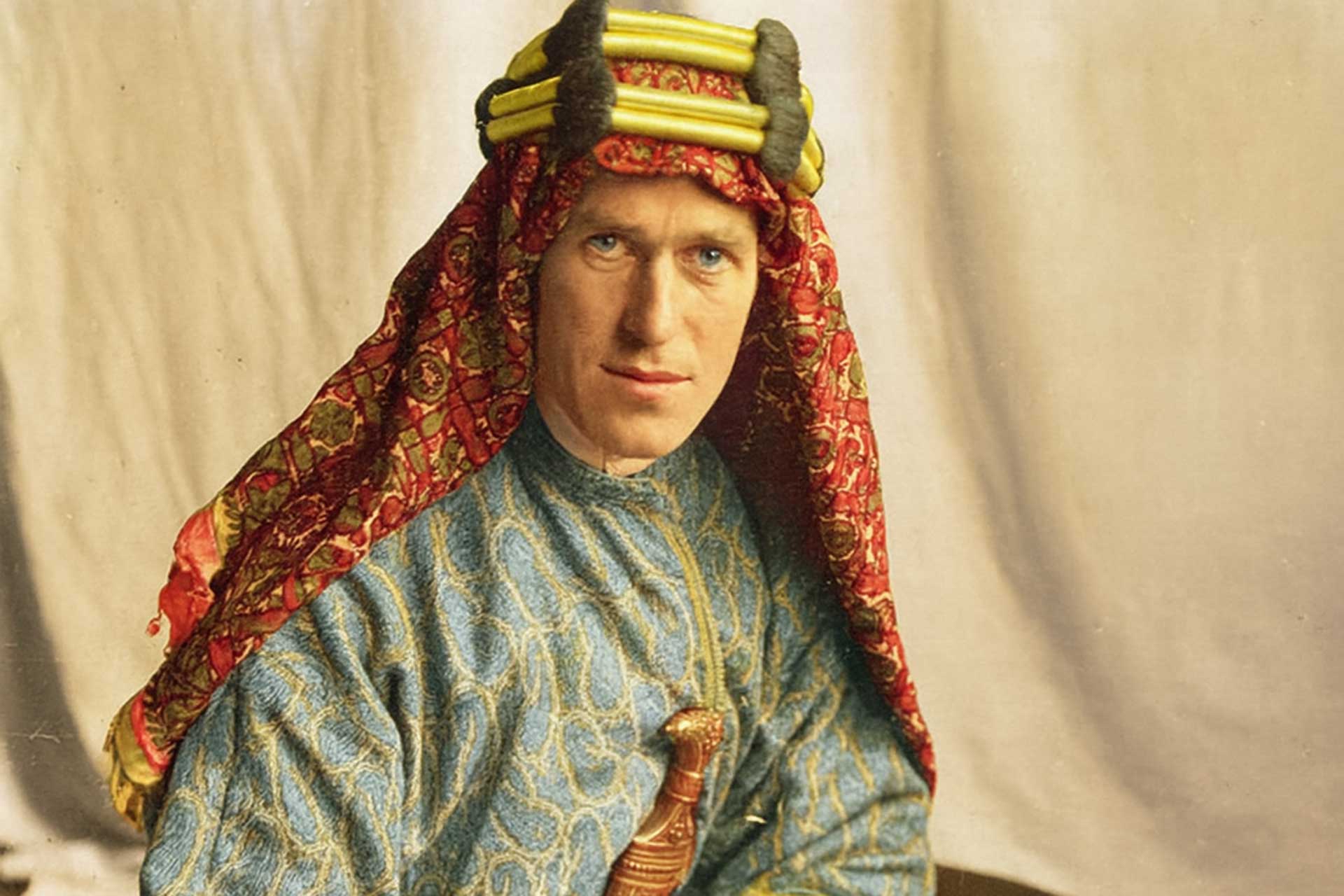




![Lawrence of Arabia (Restored Version) [Blu-ray]](https://m.media-amazon.com/images/I/4113z3R3KnL.jpg)


